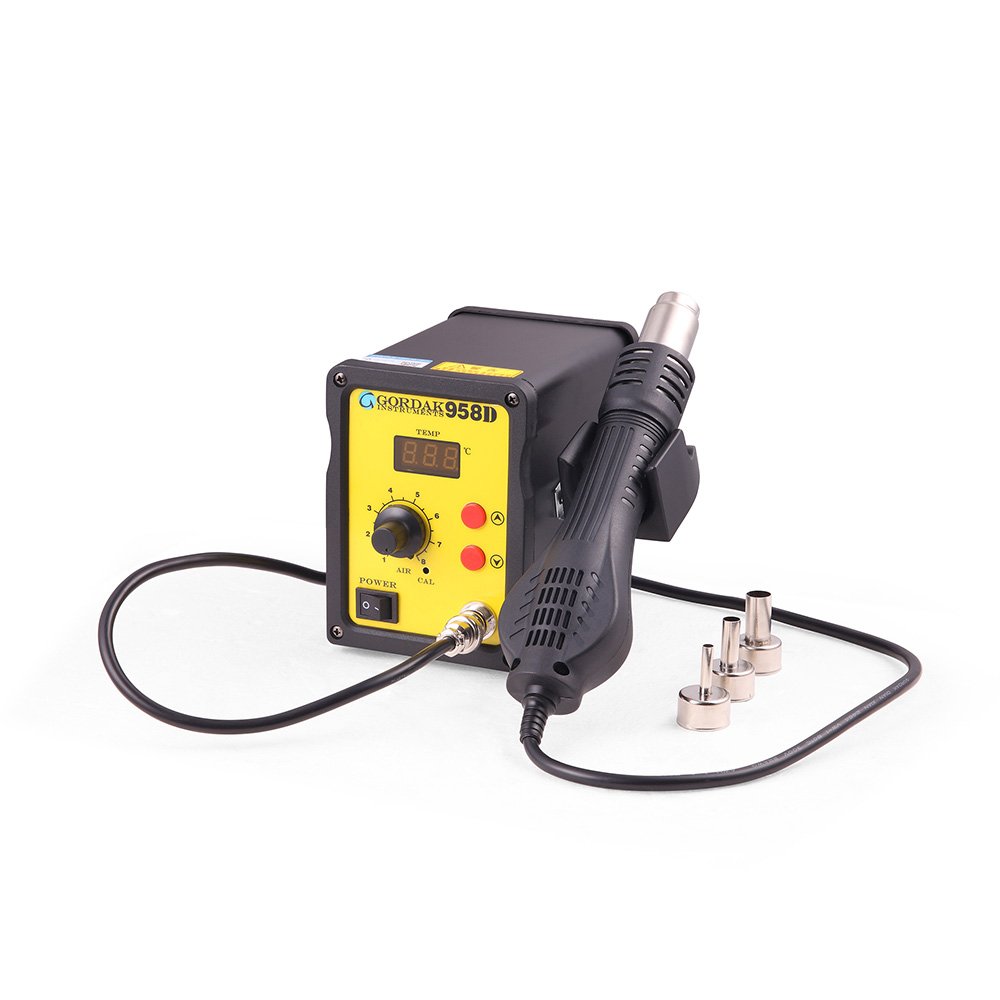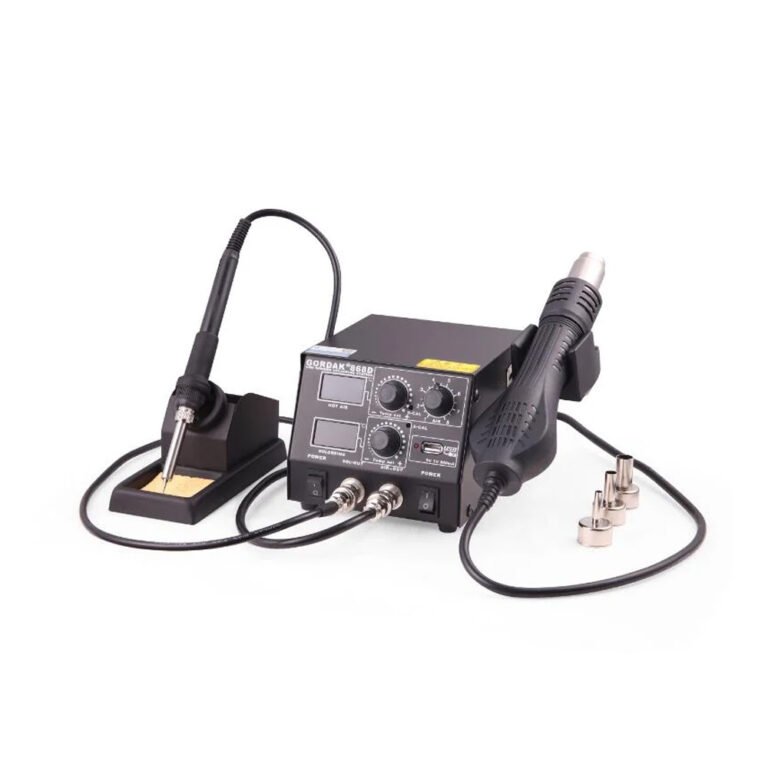For anyone working with hot air rework stations, mastering the relationship between airflow and temperature is essential for achieving precise and reliable soldering and desoldering results. Proper control of these parameters ensures component safety, quality workmanship, and long equipment life.
At Gordak Electric, we design our hot air rework stations with intelligent airflow and temperature controls to meet diverse repair and manufacturing needs. This article explains what airflow and temperature curves are, why they matter, and how to optimize them for your applications.
What Are Airflow and Temperature Curves?
Temperature curves represent how the heating element’s temperature changes over time or in response to user settings. In rework stations, it shows how quickly and steadily the tool reaches and maintains the desired temperature.
Airflow curves illustrate how the volume and speed of air delivered through the nozzle vary with different airflow control settings. The right airflow ensures efficient heat transfer without damaging components or dislodging small parts.
Why Are These Curves Important?
- Component protection: Excessive heat or airflow can damage delicate chips, PCBs, or solder joints. Controlled curves prevent overheating or physical displacement.
- Process consistency: Steady temperature and airflow improve repeatability and reduce rework rates.
- Energy efficiency: Optimized heating reduces power consumption and wear on heating elements and fans.
- User comfort: Balanced airflow prevents excessive noise and ensures a comfortable operating environment.
How Gordak Designs Airflow and Temperature Control
Gordak hot air rework stations incorporate features such as:
- Intelligent PID temperature controllers for precise heat management.
- Brushless fans with variable speed to deliver stable airflow at any setting.
- Smooth ramp-up and cool-down curves to protect internal components and extend service life.
- User-adjustable curves on select digital models for customized profiles.

Tips for Optimizing Airflow and Temperature
- Start with manufacturer-recommended settings for your specific components and PCB materials.
- Use the smallest nozzle that fits the component to concentrate heat and airflow.
- Adjust airflow to gently warm the component without blowing it off the board.
- Monitor temperature with a reliable thermocouple or IR thermometer if available.
- Allow gradual heating and cooling to minimize thermal stress.
- Calibrate your rework station periodically to maintain accuracy.
Conclusion
Understanding and controlling airflow and temperature curves is crucial for successful rework operations. By choosing a high-quality hot air rework station like those from Gordak Electric and following best practices, technicians can achieve precise, repeatable, and safe soldering results every time.
For detailed product information, calibration guides, or technical support, please contact us:
Email: info@gordakelec.com



